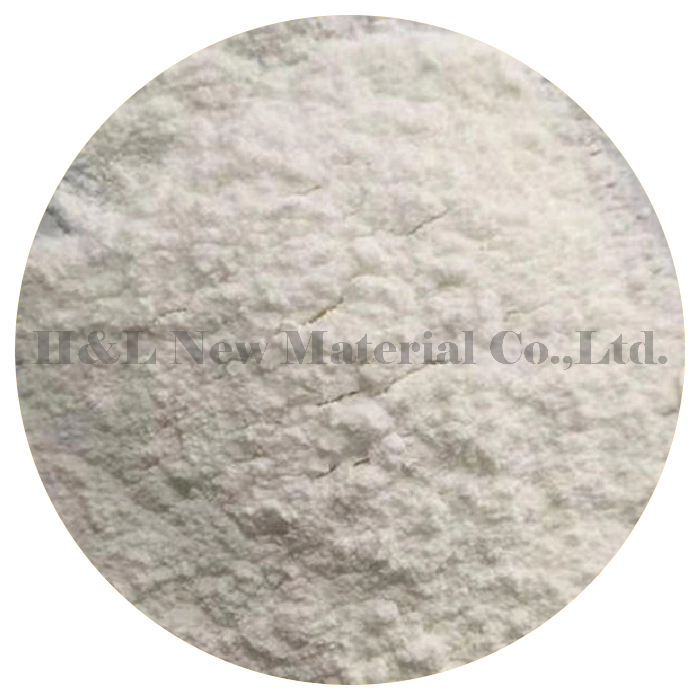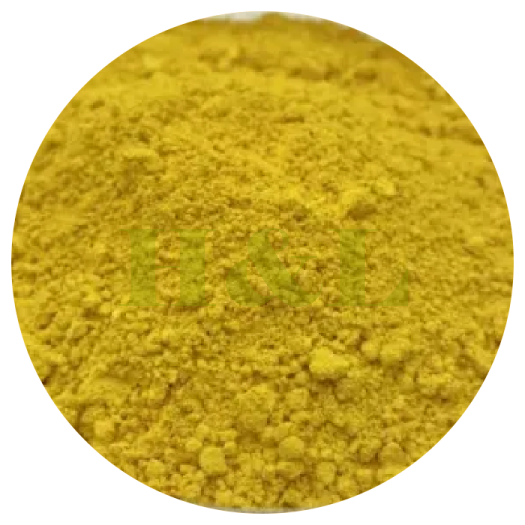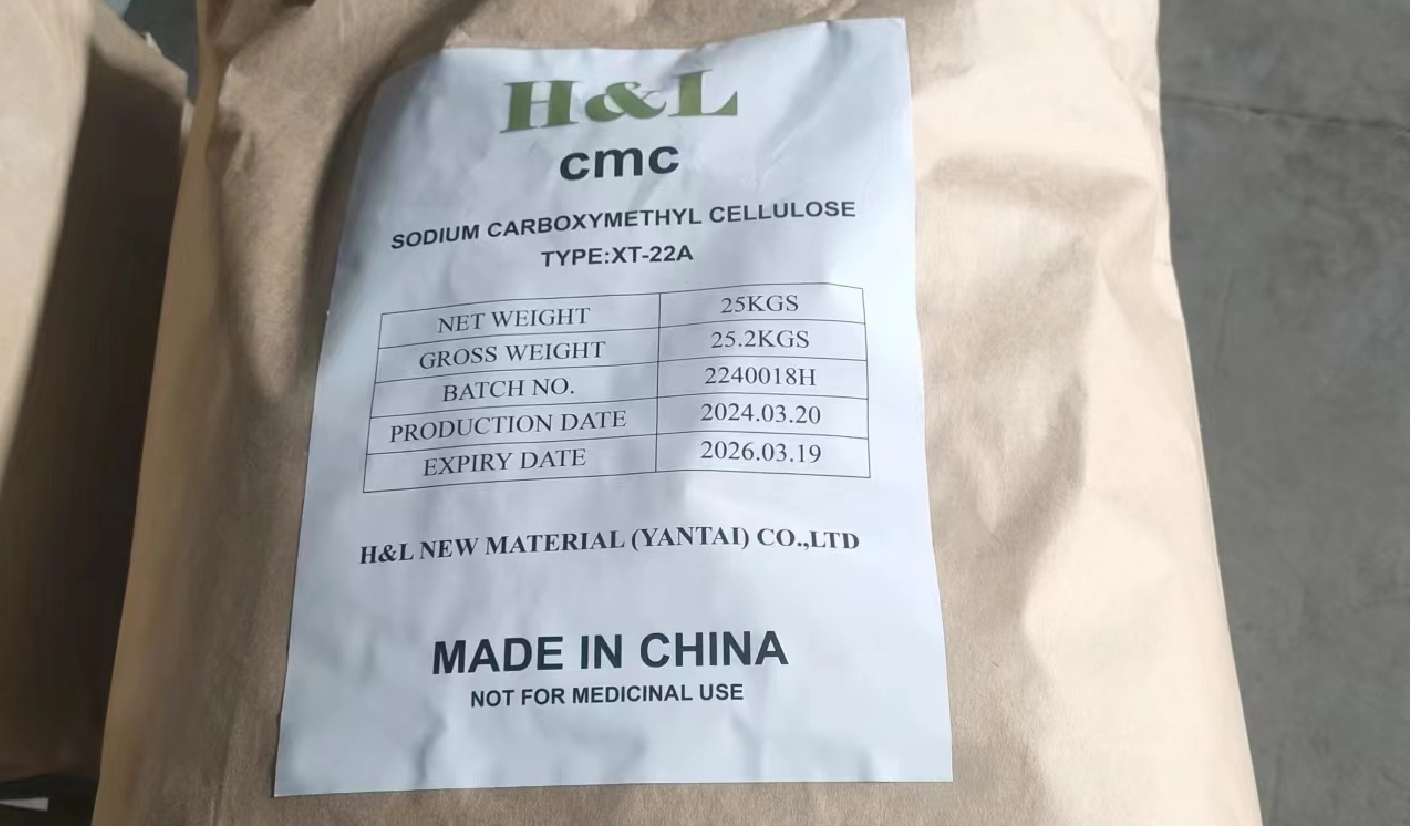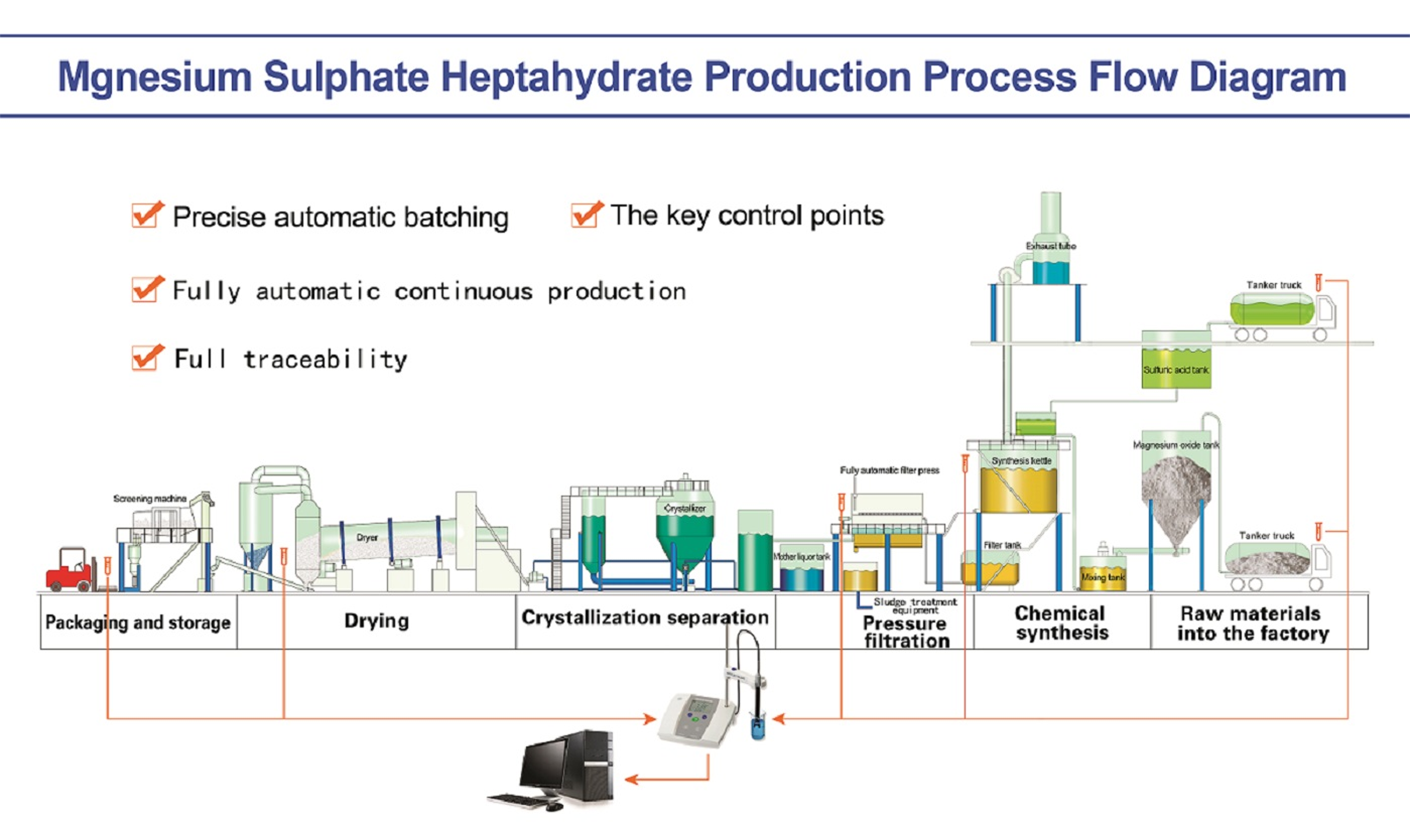Sodium aluminate is an inorganic chemical commonly used in a variety of industrial processes, especially in water treatment, paper manufacturing, and construction. Here are the main uses of sodium aluminate:
### 1. **Water Treatment**
- **Coagulant**: Sodium aluminate is used in water treatment as a coagulant. It helps in removing suspended solids, phosphates, and other contaminants from water. When mixed with other coagulants like alum, it enhances the removal of organic materials and improves water clarity.
- **pH Adjustment**: It acts as a pH adjuster in wastewater treatment, helping to neutralize acidic water and maintain the required alkalinity levels.
### 2. **Paper Manufacturing**
- **Sizing Agent**: In the paper industry, sodium aluminate is used as a sizing agent to improve the paper's resistance to water and ink, ensuring a smoother surface and better print quality.
### 3. **Textile Industry**
- **Dye Fixation**: Sodium aluminate is utilized in the textile industry for fixing dyes on fabrics. It enhances the durability and brightness of colors, especially when dealing with reactive dyes.
### 4. **Construction**
- **Concrete and Cement Additive**: Sodium aluminate is added to concrete and cement to accelerate the setting process, especially in cold weather conditions. It also improves the durability and strength of concrete structures.
- **Waterproofing**: It can act as a waterproofing agent in construction materials, increasing resistance to water penetration.
### 5. **Alumina Production**
- **Raw Material**: Sodium aluminate is a key intermediate in the production of alumina (Al₂O₃), which is then used to produce aluminum. It helps dissolve bauxite ore, making it easier to extract alumina in the Bayer process.
### 6. **Detergent Industry**
- **Builder**: It is used as a builder in detergents, enhancing cleaning efficiency by softening water and helping detergents to remove dirt and grease more effectively.
### 7. **Chemical Production**
- **Precursor in Alumina-Based Chemicals**: Sodium aluminate is used as a precursor in the production of various alumina-based chemicals, including catalysts and ceramics.
Its strong alkaline properties make it effective in these diverse applications, although proper handling is necessary due to its caustic nature.


 Guarantee safe
Guarantee safe 






